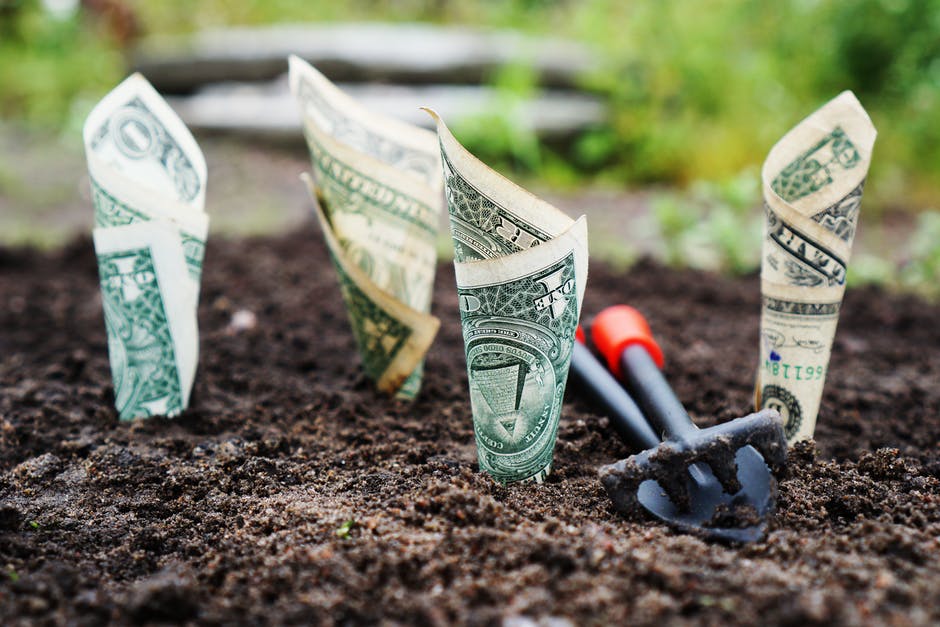Filtering the water in your home will:
- Benefit your health
- Increase peace of mind
- Reduce the time you spend cleaning your house
- Save you money
Have you been wondering if you should treat all the water coming into your house or just the water that you and your family drink?
If the water in your house is from a municipal water supply it typically contains chlorine, chloramines, fluoride and dissolved limerock. It also may contain pharmaceuticals, and some hundred plus chemicals the National Institute of Health recommends to test for removal, but are not.
Well water can look and taste great, but can have contaminants you cannot see, taste or smell such as pesticides, herbicides, heavy metals and bacteria. Water from other wells can have these contaminants. And odors such as rotten egg smell, or color such as iron or tannins.
Having a water test is the only way to know what is in it. With this information you can decide the contaminants you want to remove. Also, whether you want to treat all water going into your house(Whole House System). Or, just the water used for cooking and/or drinking (Point of Use System).
Whole House System
This removes chlorine and its dangerous carcinogenic by-products that are absorbed through lungs and skin in the shower or bathtub. This ensures a safe bath for you and your family.
For more information read our blog post about dangers of showering and bathing in chlorinated water – http://goo.gl/ocE4mz .
Removal of a wide variety of contaminants such as dissolved limerock, iron, sulfur, by a Whole House System protects your home’s fixtures and water using appliances. The improved water greatly reduces the time you spend cleaning soap scum, scale build up and stains from bathtubs, showers and kitchen sinks. As an extra bonus, you will save money since you will use far less cleaning products and personal care products.
Point of Use System
Your kitchen sink will remove contaminants such as sodium, fluoride, pharmaceuticals and heavy metals from your drinking water. You will have an unlimited supply of pure, clean water and crystal clear ice cubes at your fingertips. Your system will pay for itself by eliminating the cost of bottled water.
Many homeowners decide to go with both a Whole House System and a Point of Use System to provide the most protection. Research has shown that a combination of both systems reduces greenhouse gases in an amount equivalent to getting one-and-a-third cars off the road for an entire year.
To schedule a FREE Water Analysis:
Gainesville: (352) 372-2707 or Ocala: (352) 369-1707
Or Email us: info@BestWaterSolutions.com
One of our Water Specialist will answer your questions and assist you in making the decision that is in your best interest.









